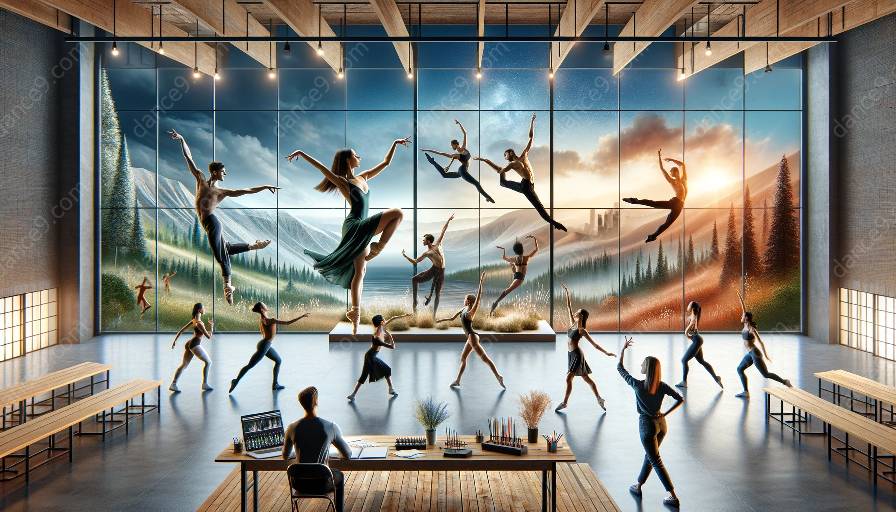Choreography and costume design are two interwoven elements that contribute to the overall visual and artistic impact of dance performances. Understanding their relationship is essential in creating captivating and cohesive productions.
Choreography, as a dance composition, encompasses the arrangement of movements and steps to create a compelling visual narrative. It involves the choreographer's creative vision, musical interpretation, and spatial dynamics to convey emotion and meaning through movement. The principles of choreography, such as space, time, energy, and shape, influence how the dancers interact with each other and their surroundings.
Costume design, on the other hand, plays a crucial role in enhancing the choreographic work. The costumes worn by dancers not only serve as practical attire but also serve as an extension of the choreographer's artistic expression. A well-designed costume can accentuate the dancers' movements, establish character identities, and set the tone and atmosphere of the performance.
One of the fundamental relationships between choreography and costume design is the concept of visual storytelling. Both elements work together to convey messages, themes, and emotions to the audience. The choreographer's movement choices can be complemented and emphasized by the design of the costumes, creating a cohesive and immersive experience for the viewers.
Additionally, choreography and costume design need to align aesthetically to ensure a harmonious visual presentation. The colors, textures, and silhouettes of the costumes should harmonize with the choreographic motifs and overall production design. This coordination contributes to the overall coherence and impact of the performance.
Furthermore, the practical considerations of movement and functionality are crucial in choreography and costume design collaboration. Choreographers and costume designers collaborate to ensure that the costumes allow for freedom of movement while still fulfilling the choreographic vision. The fabrics, construction, and embellishments of the costumes need to support the dancers' physical abilities and the demands of the choreography.
In conclusion, the relationship between choreography and costume design is one of mutual influence and collaboration. Both elements serve as integral components of dance performances, with choreography providing the movement framework and artistic expression, and costume design enhancing and interpreting that expression through visual aesthetics and storytelling. Understanding and emphasizing this relationship is essential in creating impactful and memorable dance productions.






































